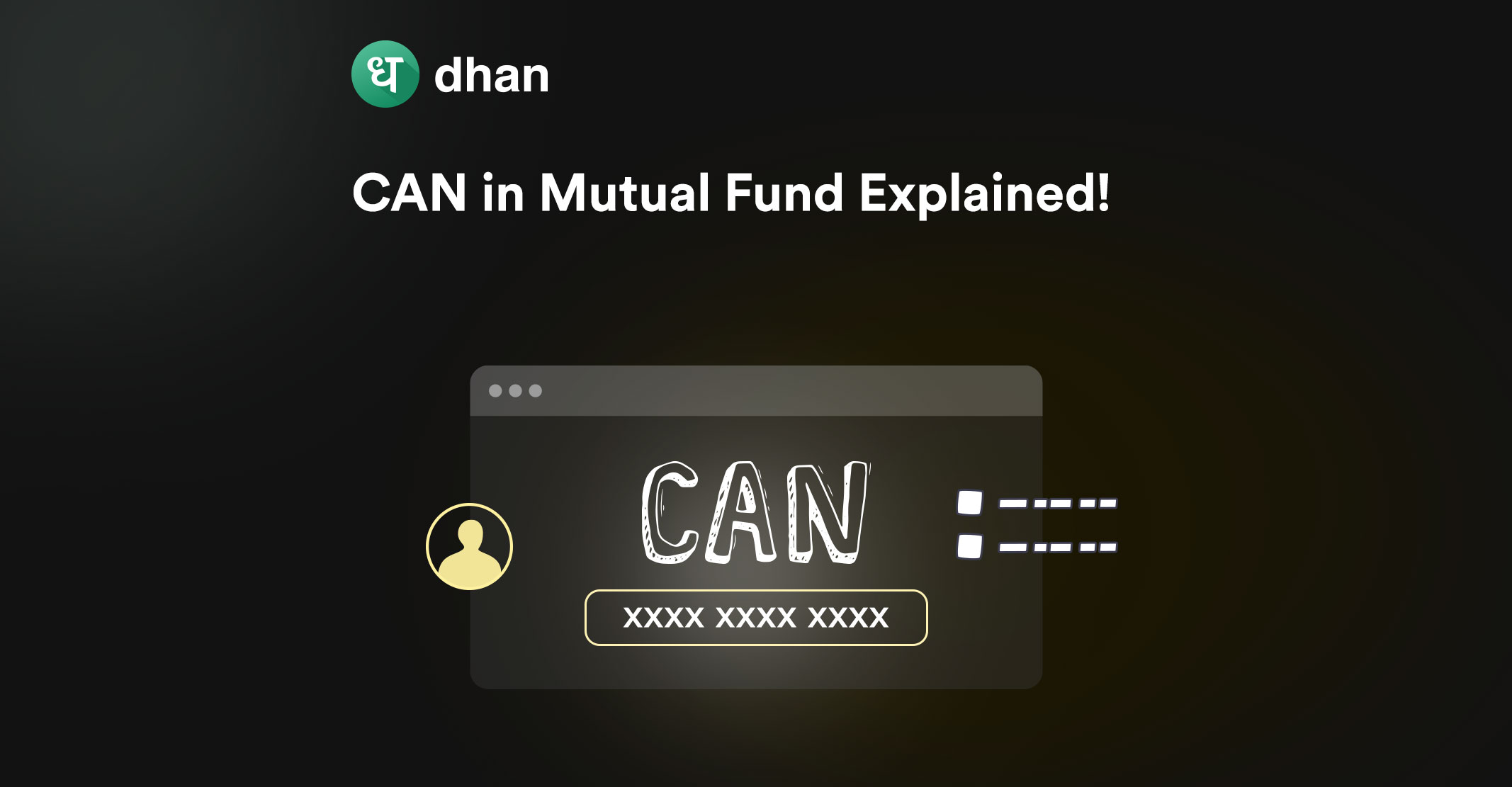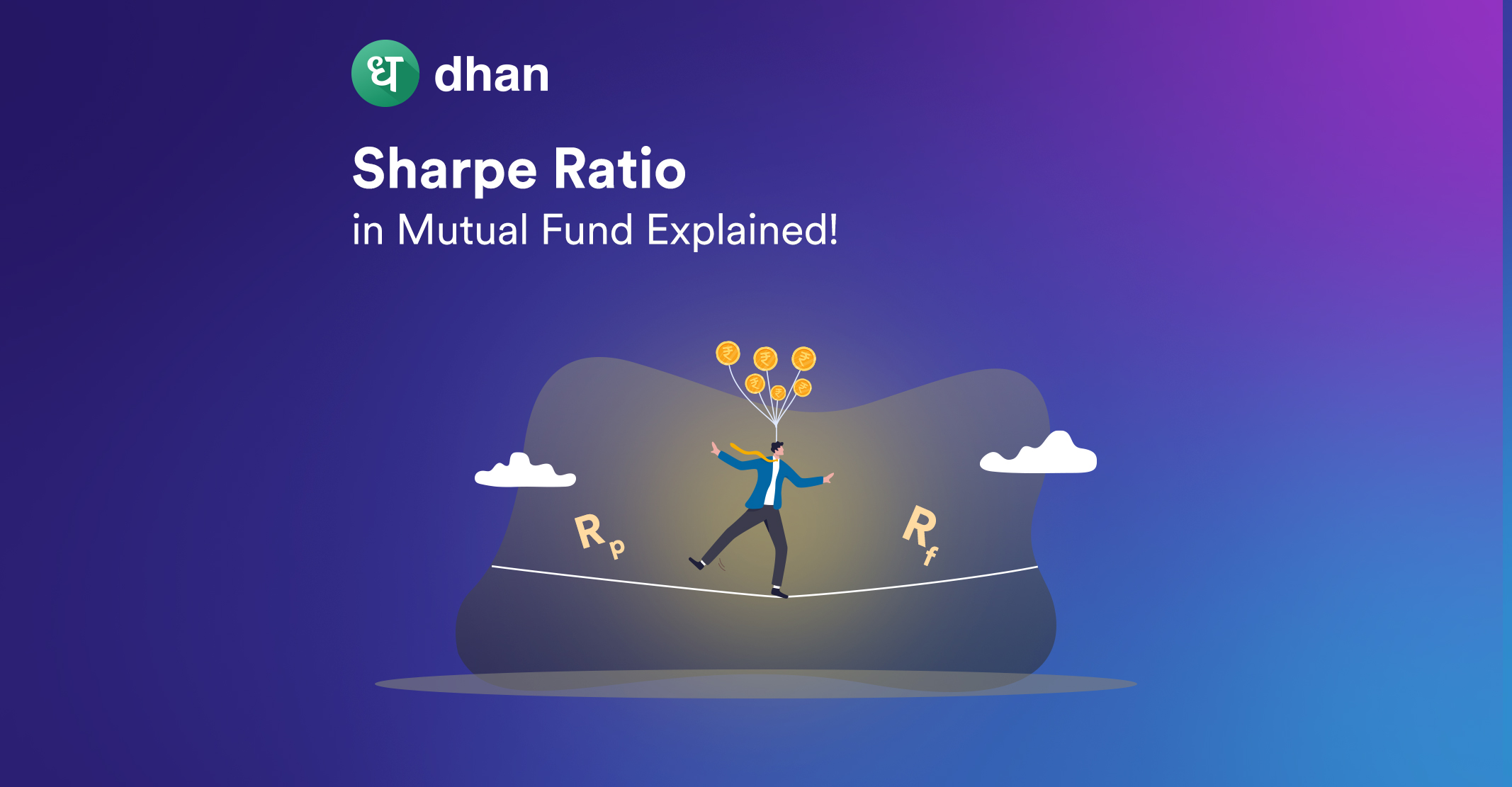Investing in mutual funds has become increasingly popular due to the potential for higher returns compared to traditional savings methods.
However, their management and tracking can be daunting. For this, the Common Account Number (CAN) can be helpful.
CAN is a reference number that is issued by the MFU (Mutual Fund Utilities) platform to mutual fund investors.
In this article, we will walk you through what is CAN in mutual funds, its importance, and how you can use it for an efficient investment experience.
What is CAN in Mutual Funds?
The Common Account Number (CAN) is a unique identifier assigned to investors by the Mutual Fund Utilities (MFU) platform.
The Mutual Fund Utilities is a platform used by all Indian Asset Management Companies (AMCs).
It serves as a “Transaction Aggregation Portal,” enabling mutual fund clients to carry out transactions in a variety of schemes across different mutual funds with the convenience of a single form and payment method.
The Mutual Fund Utility (MFU) issues the Common Account Number (CAN) as a unique folio at the industry level to investors. This number encapsulates several key details:
- The total number of investors: one, two, or three, etc.
- The sequence of holders, for eg. A; A&B; A, B, & C; B; B&A; B, C, & A; C; C&B; C, A, & B, etc.
- The manner in which the holdings are maintained: Single, Joint, and Anyone or Survivor.
- The investor’s tax status: Individual, Company, Non-Resident, etc.
By using CAN, investors can conduct multiple transactions across various mutual fund schemes through a single request using one form/payment.
Why Do You Need CAN in Mutual Funds?
After you get your Common Account Number, the MFU will map all your existing mutual funds- your investment folios – to your CAN.
This mapping will be done using your PAN details considering your pattern of holding and other relevant factors.
Your CAN will work as a de facto repository for all important information such as:
- The name(s) of the investor(s).
- The status of your Know Your Customer (KYC) compliance.
- Details regarding your income.
- Mode of holding.
- Nomination(s).
- The nationality of the investor.
- The tax status of the investor.
- Contact details for the primary account holder.
- Any bank accounts linked at the CAN level.
- Details of your depository account.
- Information on any Power of Attorney granted.
- Guardian details for investors who are minors.
- Information related to FATCA, UBO (Ultimate Beneficial Owner), and OECD (Organisation for Economic Co-operation and Development) regulations.
What Are the Benefits of CAN?
Here are the advantages that CAN offers.
1. Simplification Through a Single Reference Number
The Common Account Number (CAN) simplifies mutual fund investments by serving as a unified reference for all holdings. This eliminates any confusion.
2. Streamlined Transactions
Investors gain access to a Common Transaction Form, allowing transactions in various schemes simultaneously, across different types of mutual funds.
3. Neutral Service Point
The Mutual Fund Utility (MFU) offers a Neutral Point of Service (POS) that works uniformly across different transfer agents.
4. Unified Payment Solution
The portal facilitates single payment options for investments. It streamlines the process through a consolidated form.
5. Consolidated Investment Overview
Using their CAN, investors can view a consolidated summary of their investments across the mutual fund industry.
6. Centralised Complaint Management
The MFU serves as a centralized system for complaint management and tracking, enabling investors to report issues across the industry.
7. Timely Notifications and Support
The system sends notifications, including alerts, reminders, and triggers, about transactions and critical dates like SIP expirations.
Steps for KYC Registration to Obtain a CAN
To obtain a CAN you need to finish your KYC process:
1. Download the KYC Forms
Begin by downloading the necessary KYC form either from the website of any Asset Management Company (AMC), or a transfer agent’s site. You can also download it from the ‘Downloads’ section on the CDSL website.
2. Print the KYC Application
After downloading, print the KYC application form specifically for a new KYC registration.
3. Attach Necessary Documents
Fill in the application form accurately and attach self-attested copies of essential documents, including:
- A valid proof of identity.
- A current proof of address.
- Your PAN card.
- A recent photograph
4. Submit the Form
Once the form is filled and all documents are attached, self-attest the form. Now, submit it to the AMC you plan to invest with, or a Registered Transfer Agent. KYC registration incurs no fees.
Conclusion
The Common Account Number (CAN) aims at simplifying investment management for investors.
By consolidating transactions, simplifying payments, and providing a centralized system for managing investments and grievances, CAN ensures that investors have a more organized and efficient investment experience.
If you are looking to streamline your mutual fund investments, obtaining a CAN could be your first step towards more organized and efficient portfolio management.



